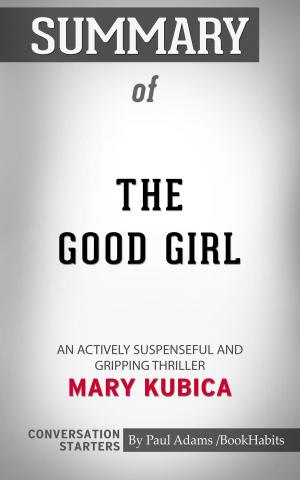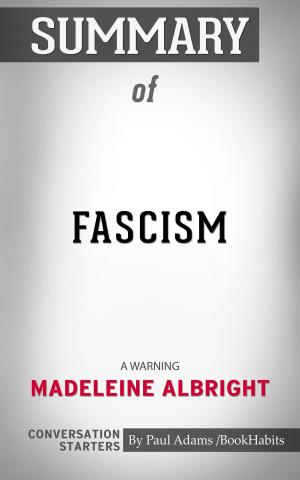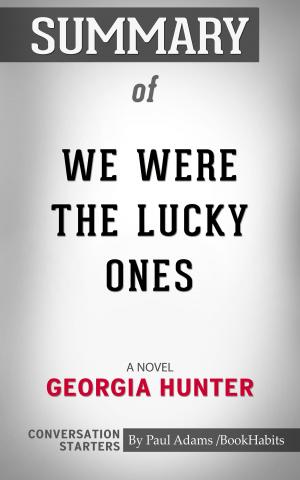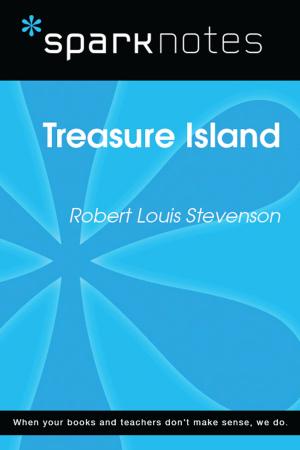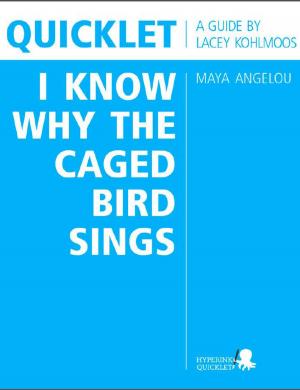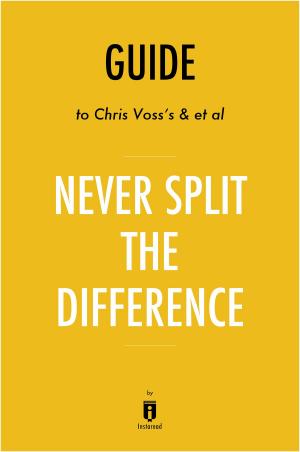Book Summary: Drive - Daniel H Pink (The Surprising Truth about What Motivates Us)
Nonfiction, Reference & Language, Reference, Research, Study Aids, Book Notes| Author: | Jeremy Y. Peterson | ISBN: | 9781386011101 |
| Publisher: | Jeremy Y. Peterson | Publication: | July 6, 2018 |
| Imprint: | Language: | English |
| Author: | Jeremy Y. Peterson |
| ISBN: | 9781386011101 |
| Publisher: | Jeremy Y. Peterson |
| Publication: | July 6, 2018 |
| Imprint: | |
| Language: | English |
It was previously stated by scientists that there are only two main drives that affects our behavior – biological (we eat and drink to satisfy our hunger and thirst) and the external drive (reward me and I'll work harder). The former pertains to the basic needs in order to physically survive such as hunger, thirst, sex and self-preservation. The latter means that there is a counterpart reward or punishment in doing or not doing something. We have long believed that rewards and incentives, especially money expands our interest and boosts our performance. If we are rewarded, we'd perform even better.
But an experiment made by Harry Harlow on monkeys counteract the realistic application of the first two drives but rather demonstrated the existence of the third and stronger drive – intrinsic motivation. In this drive, the joy or enjoyment of doing the task is the reward. This proposition will later be verified by Edward Deci, who conducted his own experiment on male and female university participants. As he wrote, "when money is used as an external reward for some activity, the subject lose intrinsic interest for the activity." On the other hand, even without the injection of external rewards, we tend to seek out challenges to explore and learn thus giving us the intrinsic drive.
Much of what we believe on the subject is not what it is in reality. What we thought as fixed laws on our behavior has really some loopholes on it. Why we do what we do? The good news is that the answer is just really in front of us. As Daniel Pink puts it, there has been a gap between what sciences have proved and what business does. The author aimed to fill in the gap.
It was previously stated by scientists that there are only two main drives that affects our behavior – biological (we eat and drink to satisfy our hunger and thirst) and the external drive (reward me and I'll work harder). The former pertains to the basic needs in order to physically survive such as hunger, thirst, sex and self-preservation. The latter means that there is a counterpart reward or punishment in doing or not doing something. We have long believed that rewards and incentives, especially money expands our interest and boosts our performance. If we are rewarded, we'd perform even better.
But an experiment made by Harry Harlow on monkeys counteract the realistic application of the first two drives but rather demonstrated the existence of the third and stronger drive – intrinsic motivation. In this drive, the joy or enjoyment of doing the task is the reward. This proposition will later be verified by Edward Deci, who conducted his own experiment on male and female university participants. As he wrote, "when money is used as an external reward for some activity, the subject lose intrinsic interest for the activity." On the other hand, even without the injection of external rewards, we tend to seek out challenges to explore and learn thus giving us the intrinsic drive.
Much of what we believe on the subject is not what it is in reality. What we thought as fixed laws on our behavior has really some loopholes on it. Why we do what we do? The good news is that the answer is just really in front of us. As Daniel Pink puts it, there has been a gap between what sciences have proved and what business does. The author aimed to fill in the gap.

